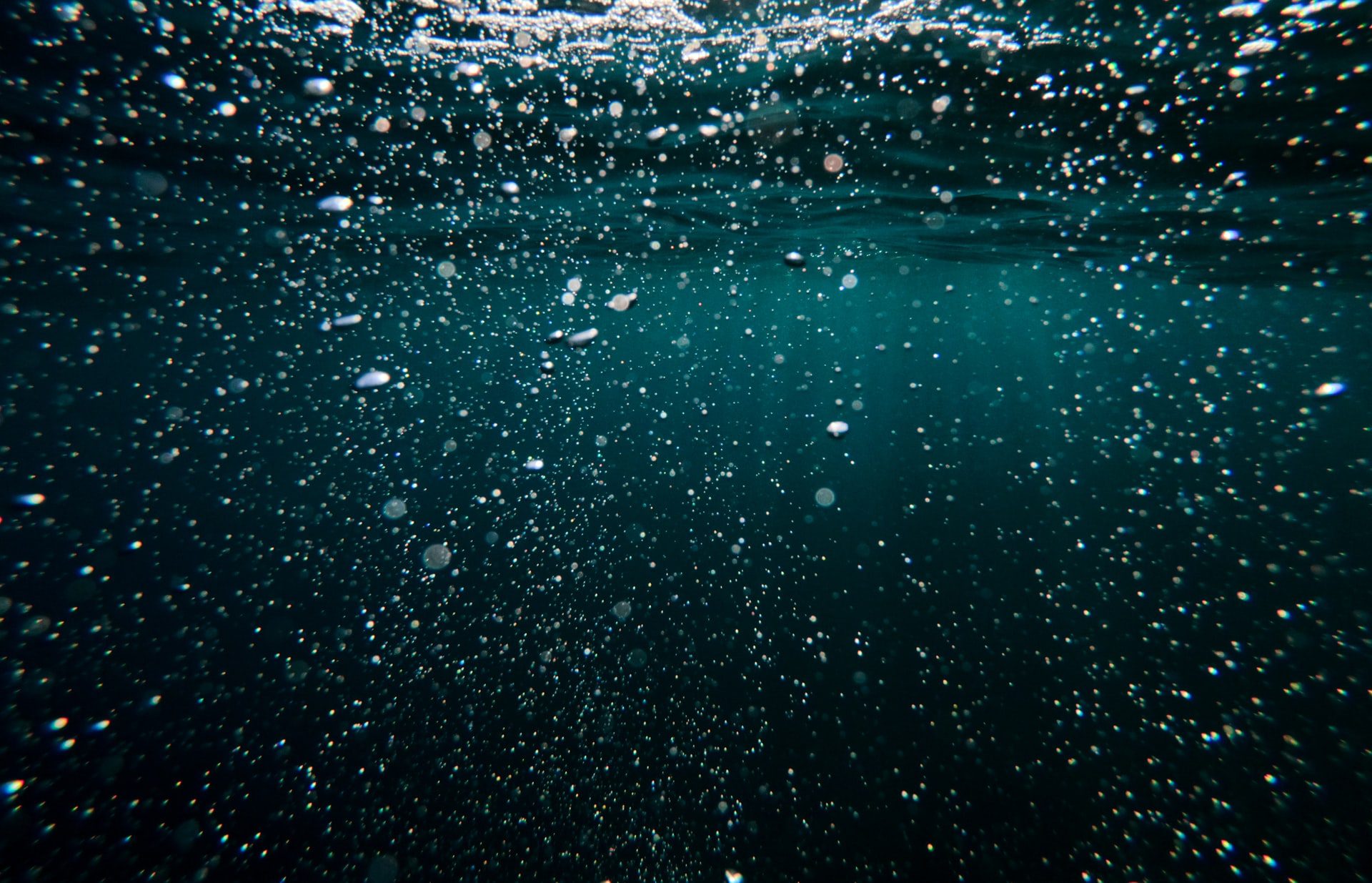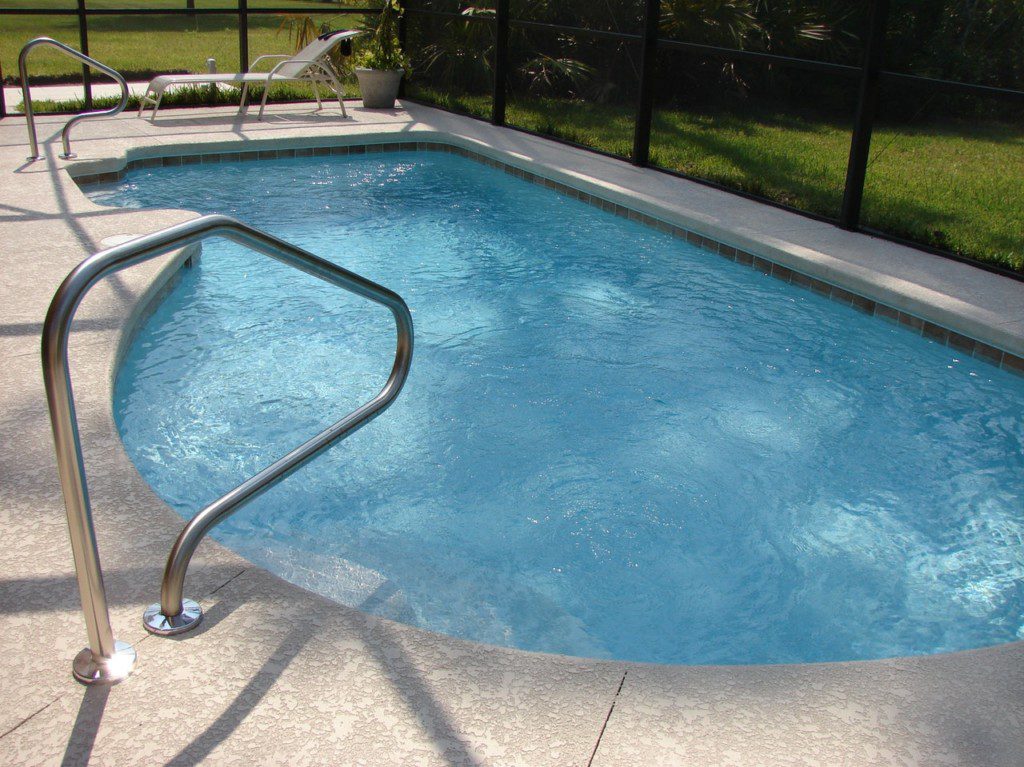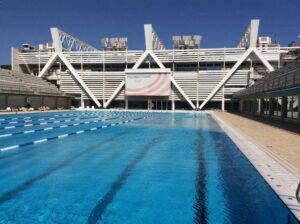07/31/2023 | Drinking Water | 8 MINUTE READ
Disinfection Byproducts (DBPs) – a challenging balancing act

Performing chemical disinfection in water often causes disinfectant byproducts (DBPs) to form. For instance, placing chlorine in the water to eliminate contaminants usually produces these byproducts. The most common DBPs are haloacetic acids (HAAS) and Trihalomethanes (THMs). If water contains high concentrations of either of these chemicals, drinking it could lead to harmful side effects. It’s possible to keep the formation of these byproducts at bay by understanding how they work.
In the early 20th century, waterborne diseases were exceedingly common. Dysentery and typhoid fever were everyday occurrences. At that time, it was believed that water that didn’t have a bad taste was pure and free from contaminants. People didn’t understand that contaminants could be present even in the best-tasting water.
Soon thereafter, cities began taking steps to disinfect drinking water in order to eliminate viruses, bacteria, and other types of microorganisms that were known to cause disease. Today, many community water systems use water treatment techniques to disinfect drinking water and make sure that contaminant levels are low. This article takes a more in-depth look at the disinfection byproducts that are made when cleaning water.

What are Disinfection Byproducts (DBPs)?
When you introduce chlorine to water, it can react with other organic materials that are present in the solution to create disinfection byproducts (DBPs). These byproducts commonly occur in water systems that obtain water from rivers, streams, lakes, and other surface waters. These sources often consist of the organic materials that are able to interact with chlorine.
Over the years, hundreds of different DBPs have been identified by scientists, a small number of which have specific limits that the EPA maintains for drinking water. The most common types of regulated DBPs include haloacetic acids (HAAs), trihalomethanes (THMs), bromate, and chlorite. The limits that are imposed by the EPA are designed to ensure people still receive the health benefits of disinfection while also making sure that disinfection byproducts are kept to a minimum.
Every public water system that performs disinfection needs to test their water on a regular basis to determine the DBP concentration after the water has been disinfected. If DBP concentrations are higher than the EPA limits, steps must be taken to reduce the byproducts. There are several methods that public water systems use to reduce DBPs, which include distribution system management, organics removal processes, and disinfection dosing. Customers should be informed of current DBP concentrations as well.
The EPA limits for THMs and HAAs are 0.080 mg/L and 0.060 mg/L respectively. If the EPA discovers new information about these DBPs, the regulations can be reassessed. If you’re regularly exposed to high concentrations of DBPs, you could be at a higher risk of developing cancer. You might also experience deterioration in your nervous system activity as well as liver damage.
Chemical Disinfection and the Formation of DBPs
It’s commonplace for disinfection byproducts to be produced when chlorine and other disinfectants react with certain compounds that are present in the water. These compounds are naturally occurring and can be found in almost every type of water. DBPs often form when chlorine reacts with fulvic acid, humic acid, and other organic substances. When plant matter decomposes, these materials will enter the surrounding water.
In the early 1970s, an American scientist discovered that the harmful chloroform chemical was in drinking water but wasn’t in the river water that the nearby water treatment facilities used to produce drinking water. It immediately became clear that disinfection byproducts were being created during the chlorination process. However, there still isn’t much known about how these byproducts form. Since there are many different substances that organic matter is comprised of, researching how these byproducts form is challenging.
There are several different factors that determine which disinfection byproducts will form, the primary of which include the disinfection residue, the type of disinfectant, and the disinfection dose. If the residue and dose of the disinfectant are high, a large amount of disinfection byproducts will form. Some water treatment facilities attempt to stop disinfection byproducts from forming by using different disinfectants. While this option can be effective, a small amount of disinfection byproducts might still develop.
If the reaction time is relatively short, it’s possible for higher concentrations of HAAs and THMs to form. Longer reaction times lead to the formation of bromoform or tribromoacetic acid.

The Importance of Monitoring Organics
Real-time monitoring of organic matter is used as an indicator of the formation potential for DBPs. UV transmittance (UVT) is a highly reliable parameter that’s often used to measure organic matter and obtain more accurate estimates of the potential for DBPs to be produced. UV transmittance is a simple process that involves passing UV light through a sample of water.
The test parameter that’s used when taking these measurements is UV254, which provides a quick and precise reading. To perform this technique, you can shine ultraviolet light through a quartz cell that holds the water sample. The ultraviolet light is emitted at 254nm. In most cases, the cell has a 10mm length. However, the size can vary depending on the quality of the water and the application it’s being used for.
When UV light passes through the water sample, some of the organic compounds in the water will absorb a small portion of the light. These organic compounds must consist of unsaturated carbon bonds or aromatic rings. A small sensor is placed on the opposite side of the cell to identify how much light the organic compounds have absorbed. UV254 is often expressed as UVT or UVA cm-1.
UVT and UV254 are highly effective water quality measurements that can be used across many different applications. For instance, this measurement can be advantageous when taken for:
- DBP precursor monitoring
- Raw water monitoring
- UV disinfection performance monitoring
- Coagulation control
Regardless of the technique you use to take DBP measurements, it’s a basic process that doesn’t require you to use reagents. There are several ways you can measure UVT or UV254, the primary of which include:
- In a lab setting with a benchtop spectrophotometer or test meter
- Obtaining samples in the plant with a small and portable test meter
- Using a submersible probe sensor or bypass analyzer to perform continuous and real-time measurements
Preventing Chlorine Byproducts through UVT Monitoring
If you want to more effectively understand the possibility of DBPs forming in a sample of water, it’s highly recommended that you monitor all types of organic matter with real-time measurements. These measurements can be captured by looking at UV254. The amount of absorbance that occurs at 254nm tells you how much organic matter is present in the water.
As touched upon previously, these organic molecules will have aromatic groupings. Chlorine and aromatic organics are capable of forming higher DBP concentrations, which is why measuring UV254 in real-time will give you an idea of how likely it is that DBPs will form. You can also use this information to identify if you need to take additional measures to remove organic compounds.

Assessing Water Quality and Ensuring Public Safety
Assessing water quality consistently is essential towards ensuring public safety. You might want to consider measuring water quality before it’s distributed. Sensors can be positioned at different areas of the distribution system to more accurately monitor the level of HAAs and THMs in the water. By implementing these measures, you’ll benefit from:
- Less chlorine dosing
- Higher water quality
- Improved public safety
- Full compliance with HAA and THM regulations
Implementing Effective Strategies
To ensure your water doesn’t contain a high concentration of DBPs, take steps to integrate UV254 monitoring into your water treatment processes. You can reduce DBP levels without harming the cleanliness of the water by using at least one of the following methods:
- Make sure proper turnover occurs in storage tanks
- Get rid of areas with stagnant water in storage tanks
- Reduce or remove organic substances that are known to react with chlorine
- Lower the concentration or contact time of chlorine throughout the distribution system
- Use another disinfectant aside from chlorine
- Change where you add the chlorine
- Implement booster chlorination
- Reduce the amount of time the water spends in the distribution system
You should also focus on collaborating with regulatory agencies to establish new standards and guidelines for DBP control.
Conclusion
Disinfecting water with chlorine and other solutions is essential if you want to remove contaminants from the water. However, the process of removing contaminants can lead to the production of disinfection byproducts, which are harmful in high concentrations. If you want to predict future byproduct formation and prevent these byproducts from forming, use UVT. This detection method is simple and affordable. Whether you manage or own a water treatment facility, prioritize DBP monitoring for enhanced public safety.
Posted by Dominic O'Donnell on July 31, 2023
Sensorex is a global leader in the design and manufacture of quality sensors for water quality and process applications. The company offers more than 2000 sensor packages for pH, ORP, conductivity, dissolved oxygen, free chlorine, chlorine dioxide, UV transmittance and other specialty measurements, as well as a full line of sensor accessories and transmitters. Its expert technical support engineers solve analytical sensor challenges with custom designs and off the shelf products.




